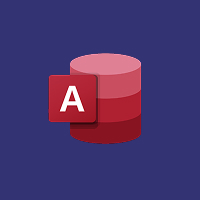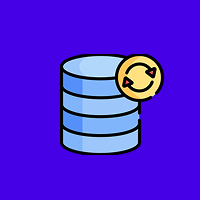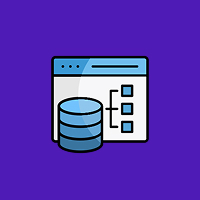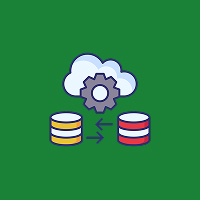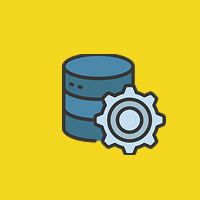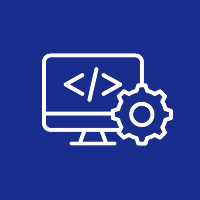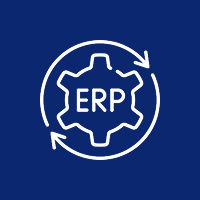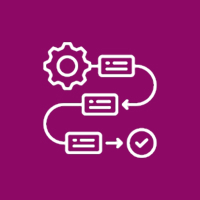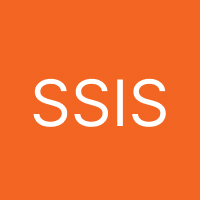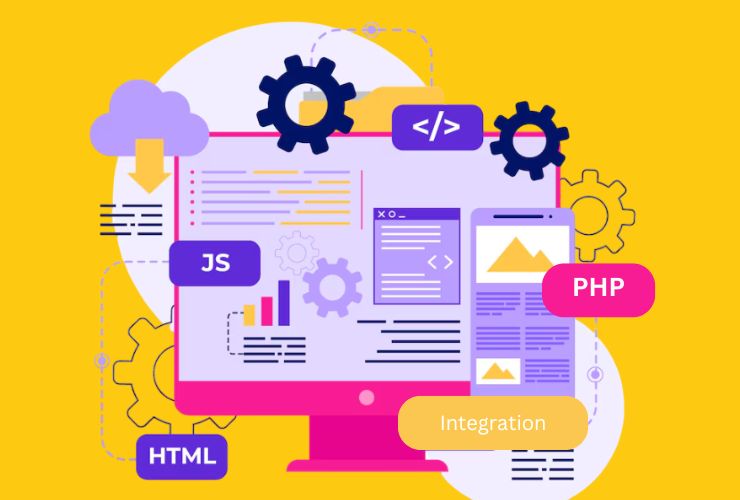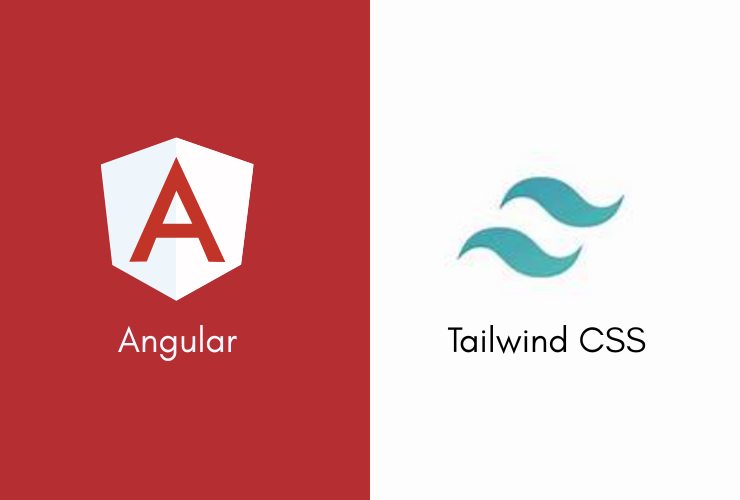In this hectic digital age of today, business organizations must possess web applications not only effective but interactive as well. Two technologies that, when combined in their respective functionalities in a suitable mix, enhance the effectiveness, responsiveness, and performance of web applications are JavaScript and PHP. PHP is utilized for server-side execution, client-server database management, and business logic, while JavaScript handles client-side interactivity with the aim of providing a rich and interactive end-user experience. Through the combination of PHP and JavaScript, web developers can create strong, scalable, and user-friendly web applications that meet current demands.
Why Use PHP and JavaScript Together?
JavaScript and PHP are two distinct but complementary roles in web development. PHP, the server-side scripting language, performs request handling, database management, authentication, and dynamic content generation. JavaScript, run at the client end, handles live updating, animation, event-driven actions, and ease of data transfers.
PHP and JavaScript integration allows developers to create interactive, responsive, and efficient programs. Integration helps in the proper communication between the frontend and the backend to ensure a smooth user experience critical in modern web applications.
Main Means of PHP and JavaScript Integration
1. Improvement of User Interactivity
JavaScript supports dynamic content updating without page refreshes, thus offering a better user experience. PHP enables websites to provide instant alerts, interactive forms, live chat modules, and instant response systems. Interactivity puts users’ attention on hold and encourages usability.
For example, an online shopping website can use JavaScript to change the shopping cart dynamically without the need to reload the page because PHP takes care of the backend processing of orders updating and stock management.
2. Efficient Management of Data
A PHP and JavaScript hybrid platform optimizes web application data processing. PHP fetches and stores data from databases, and JavaScript processes and renders it in real time. This optimizes server load, prevents duplicate data requests, and improves application performance.
For instance, a dashboard application can use PHP to fetch current analytics data from a database while JavaScript reloads charts and graphs dynamically to render users with real-time information.
3. Real-Time Communication
The majority of the applications nowadays such as messaging sites, live stream sites, and stock exchange sites are based on real-time updation of the information. PHP and JavaScript technologies such as AJAX and WebSockets offer users live data without page reload.
- AJAX (Asynchronous JavaScript and XML): Enables clean server-client communication for data pulling and updation without page reload.
- WebSockets: For bi-directional communication between the server and clients, ideal for chat applications, online gaming sites, and live notification.
4. Form Submission and Validation without Concern
Forms are a common element of web applications for login, registration, or data collection. An uninterrupted PHP and JavaScript pair greatly eases the form submission process.
JavaScript manages front-end validation so that the users enter correct input before submission.
PHP cleans and securely stores input data to avoid security threats like SQL injection or contaminated input.
The method minimizes the chances of incorrect or partial submission, guaranteeing data integrity and overall end-user experience.
5. Built-In Support for Next-Gen JavaScript Frameworks
PHP has native support for popular next-generation JavaScript frameworks such as React, Vue.js, and Angular to build highly dynamic and responsive single-page applications (SPAs).
- React: PHP can be employed as the backend API and React works on the frontend effectively with fluid and interactive UI experiences.
- Vue.js: Lightweight and PHP-compatible framework to build highly scalable and performance-based applications.
- Angular: PHP-compatible to build high-performance, enterprise-grade web applications with real-time capabilities.
Employing these frameworks along with PHP, developers can create scalable applications based on various business requirements.
Advantages of PHP and JavaScript Integration
1. Improved User Experience
Responsive PHP and JavaScript integration enables the websites to become more responsive in a way that the users are able to receive real-time data and interactive features without unnecessary reloading of pages.
2. Performance Efficiency
JavaScript efficiently takes care of the front-end interaction, whereas back-end queries are handled by PHP. It enhances load times, decreases the server load, and supports scalable high-traffic applications.
3. Scalable Development
PHP and JavaScript enable integration with other APIs, databases, and third-party services, enabling businesses to develop rich-featured applications that scale up in response to evolving requirements.
4. Scalability
PHP and JavaScript are scalable according to increasing business demands. From creating a small business website to creating a high-traffic business application, their mutual flexibility promises seamless scalability.
5. Strong Security Features
PHP possesses in-built security features for managing data, and JavaScript possesses client-side validation. They complement one another to enhance the security of applications against vulnerable attacks such as SQL injection and cross-site scripting (XSS).
Conclusion
Use of JavaScript and PHP forms the basis in developing modern high-performance, state-of-the-art web applications. With complementary strengths, companies are able to develop rich, interactive, and scalable solutions that deliver customer experience and results.
From live usage and form validation to quick data processing and compatibility with the newest frameworks, PHP and JavaScript are the ideal dynamic duo to use when developing dynamic web experiences. You’re maybe developing an eCommerce site, social media platform, or SaaS application; using PHP and JavaScript in combination will enable you to create a trusted, user-focused solution.
Contact Us Today









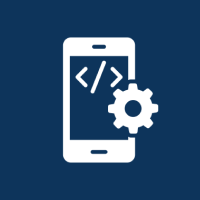



 Database Development
Database Development




